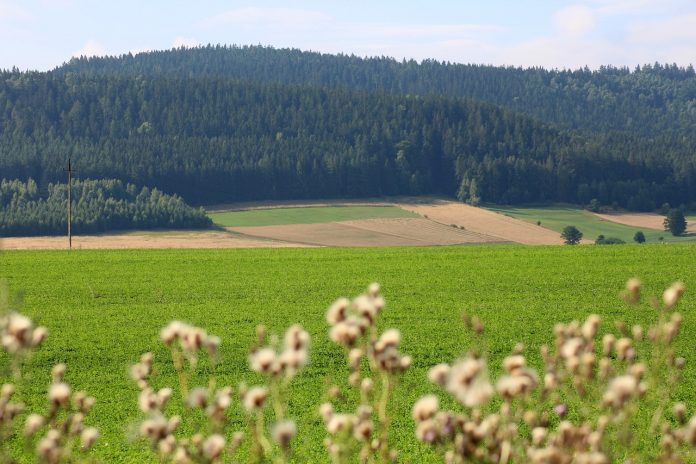
Also, credentials in nutrition are no guarantee of good information and people credentialed in other fields often offer excellent information. You might want to read Colgan’s book as well as rethink many of your questionable statements.
Many people selling vitamin and mineral supplements would like the public to think that our soils are depleted of vitamins and minerals. I am selling nothing.
Plants need nitrogen (for growth of leaves, seeds and fruits), potassium (from potash for growth) and phosphorus (bone meal for blooming and roots) in the soil to grow and mature the fruits, vegetables and grains we eat. Soil is not something farmers just arbitrarily throw fertilizers at due to the cost and over applying any nutrient can cause the death of a plant. Through their roots, plants draw minerals like calcium and magnesium from limestone added to acidic soil, sulfur from the decomposition of organic materials like manure, grass clippings and leaves from the soil to grow normally according to their genetic code. Micronutrients like iron (helps green plants create chlorophyll), copper, chloride, zinc, manganese, molybdenum and boron are needed in very small amounts. These micro minerals also come from organic materials like grass clippings and leaves. Periodically farmers rotate crops and plant a green crop that they till under to return sulfur and these micronutrients to the soil. Soil texture (sand, loam or clay) and pH (acid or alkaline) are also important in a plant’s ability to draw nutrients from the soil. Most food producing plants prefer a neutral pH from 6.0 to 6.5 to grow. Blueberries prefer an acid soil and often grow in pine tree forests. Microbes and worms in soil also add to the nutrient mix in soil. For more information about soil science see the University of Minnesota extension service about nitrogen, potassium and phosphorus.
Nutrients in plants are for the plant’s benefit or they would not grow properly. If the soil is depleted of any nutrient, the deficiency will be visible to the farmer and will affect the harvest. Poor crops don’t sell and usually don’t make it to market for us to eat.
Vitamins are created by plants and stored in their fruits, vegetables and grains. Animals eat plants and make vitamins which are stored in their meat that we eat.
Plants use the energy of the sun to change carbon dioxide into oxygen. Water (hydrogen, oxygen) from rain and groundwater helps plants to create sugars and starches for their own food source from chlorophyll triggered photosynthesis.
When the USDA analyzes the nutrient content in foods, they take a representative sample of a food from various markets around the country. Variability in nutrients within a narrow range for each food is acceptable in U.S. grown crops.
The U.S. has the cheapest, safest food supply in the world. We grow food in great variety and abundance. If you are concerned about nutrients in foods, have you heard of the Slow Food Movement? Proponents of Slow Foods buy foods within 100 miles of where they live to ensure fresher foods and to decrease the dependency on fossil fuels. I am more worried about the sustainability of our food supply, climate changes and food safety.
Regarding the RDA’s (Recommended Dietary Allowances), the Food and Nutrition Board of the Institute of Medicine periodically reviews research on nutrient needs of humans and revises how much of each nutrient is needed by children and adults. Published research, not testimonials are considered in setting RDAs.
This leads to your last assertion that people other than people with nutrition degrees are qualified to provide nutrition counseling. People who have bachelor, master or doctorate degrees in nutrition are the best sources of nutrition information. Dietitians are experts in the relationship between nutrition and health. As of 2008, 46 states license who can provide nutrition counseling so don’t trust anybody with your nutritional health.


